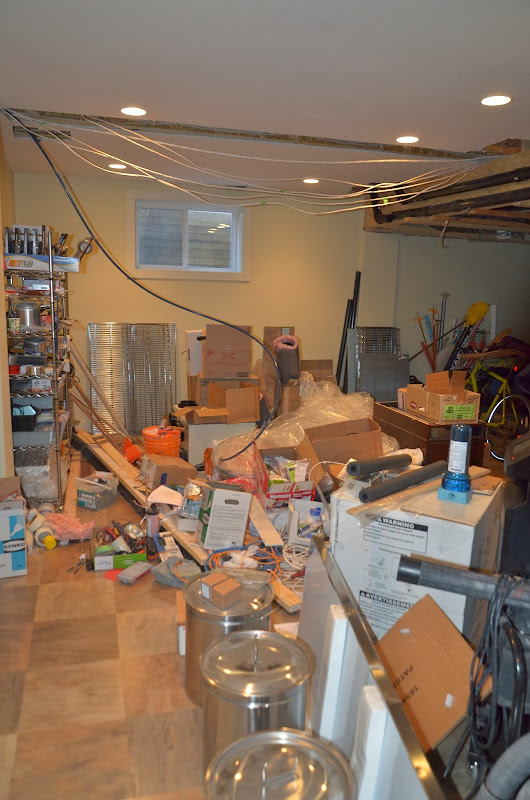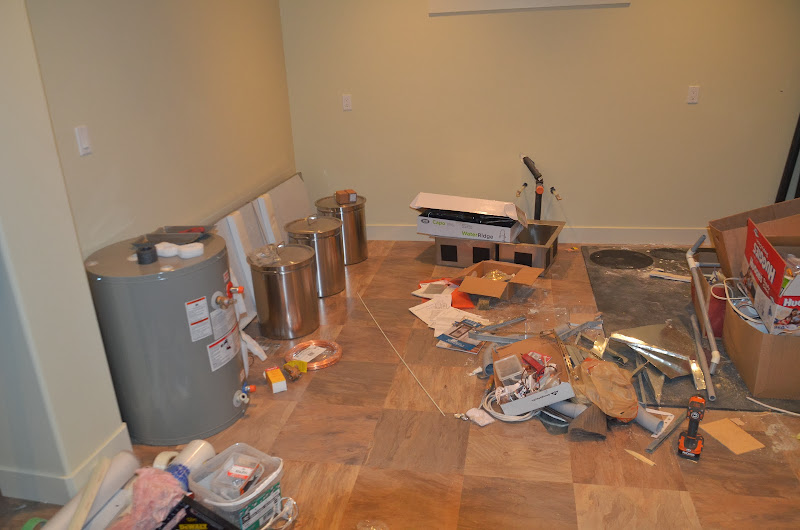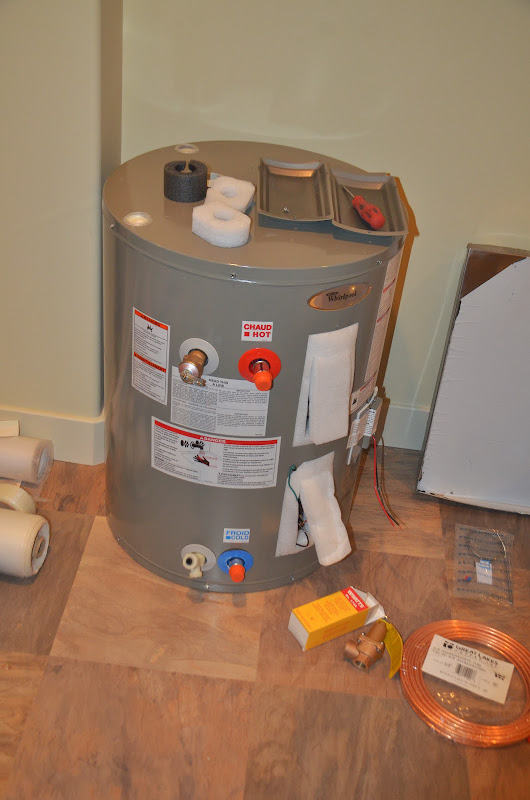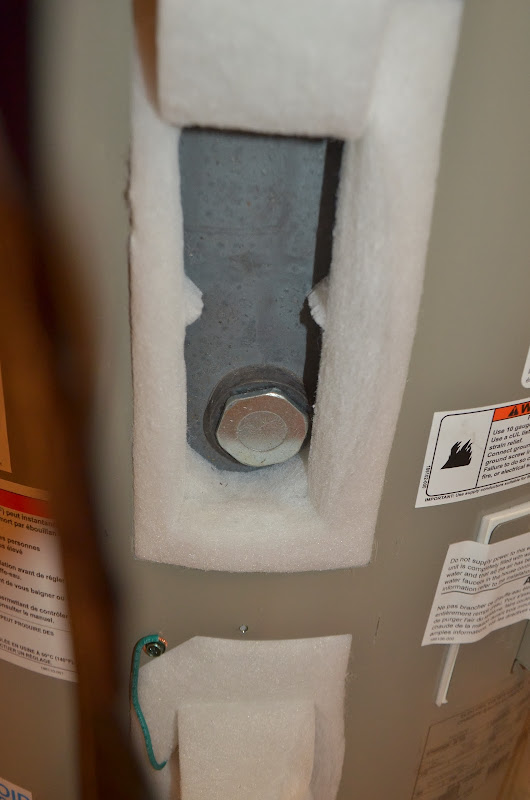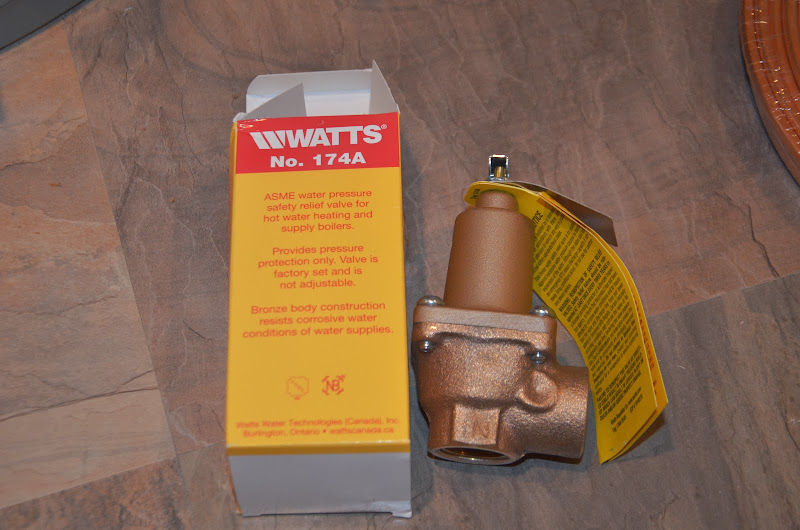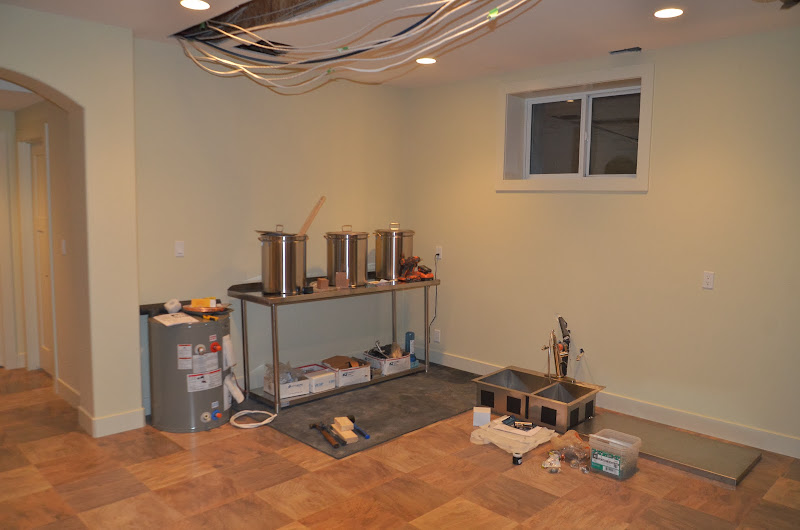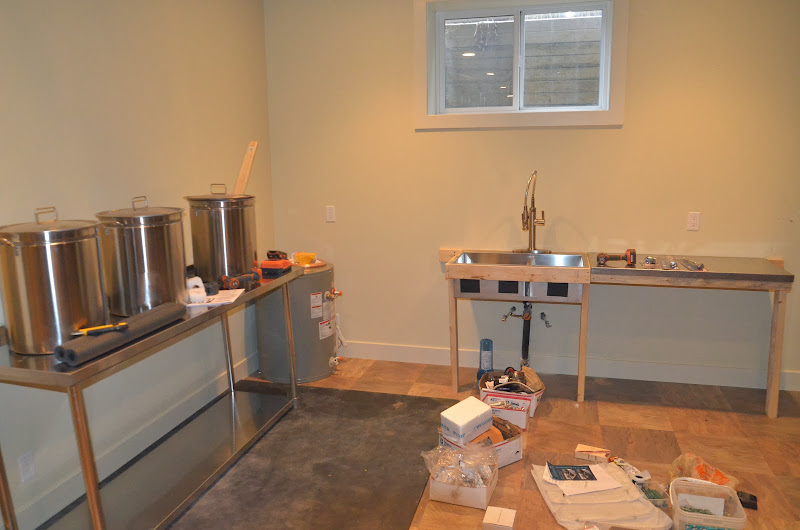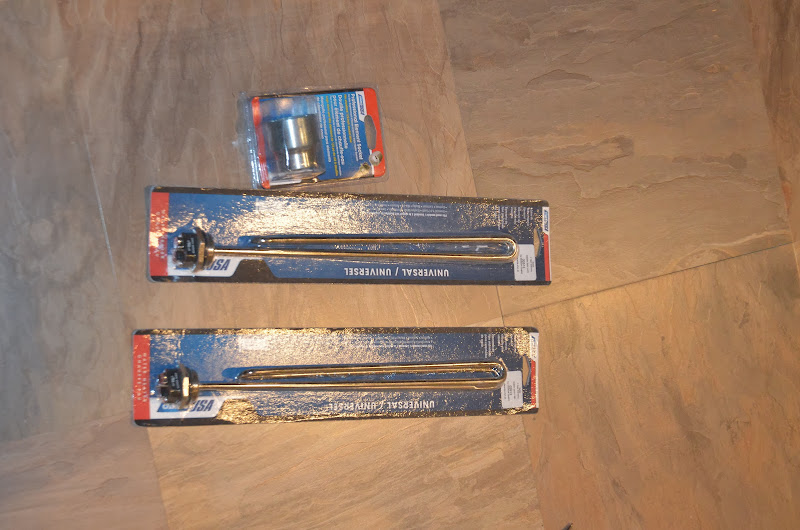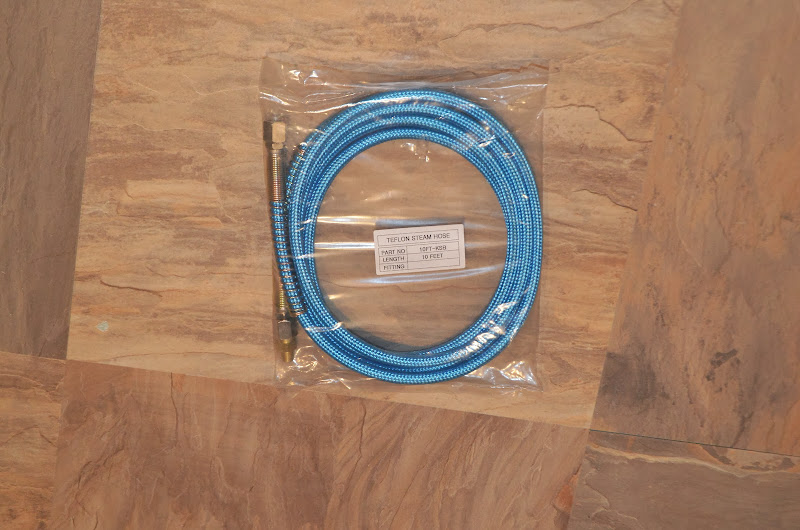For the love of all that is good in this world, use metric units!

These English units are sooooo much harder to work with.
I agree, but its the same math either way.
I'm using imperial because most people here talk about burners in BTUs and strike and mashing temps in F and grain bills in pounds and boil sizes in gallons.
If you work in metric you are continually going back and forth, or at least I find I do. So I stay in imperial units.
Also, I noted a slight thermo mistake; you are using gauge pressure when you should be using absolute pressure.
250ºF~=121.1ºC
30 PSI~=2 bar (gauge) or ~=200kPA (gauge) or (3 and 300 absolute)
Real temperature more like: 133ºC = 271 ºF
I agree with everything to this point.
I went back and forth between running at 15 PSIG (~250F) and 30 PSIG (~275F). That is probably why you thought I got PSIA and PSIG mixed up. I don't think I did, but lets move on.
Enthalpy ~= 561kJ/kg
condensate water:
100ºC
1 bar
419kJ/kg
Energy available in 1 kg condensate: 561-461=~100 kJ/kg
Mistake here... 561-419 = 142 KJ/Kg.
Specific heat of water: approx 4.2 kJ/kg/ºC
1kg water raises 16 gallons (60.6L and/or kg) 100/(60.6*4.2)= 0.39ºC
1 KG of saturated water raises 16 gallons (60.6L or Kg) 142 /(60.6 & 4.2) = 0.558 C.
170ºF = 76.7ºC....therefore need to raise 100-76.6=23.4ºC--> 60kg->60L->15.85 gal of pressured water in the tank.
Yes. So 23.4C/ 0.558 C/Kg = ~42 Kg of water = 42 litres of water = 11 gallons.
My boiler is 26 gallons, about which 20 gallons will be water and the remainder steam.
So the energy stored in a fully charged boiler (133C) will easily heat the 16 gallons from strike to the point of boiling.
If you have 20 gallons, you then get the heat capacity to boil (100kJ/kg available energy) *15kG condensate / (2257kJ/kg boiled to steam) = 1500/2257 kg boiled to steam....or a measly .66L of water boiled off. Before your heating elements kick in.
I'm not following your math here. Here is mine in metric.
20 gallons of saturated water = 75.7 litres = 75.7 Kg.
We previously agreed that saturated water going from 133C @ 3bar to 100C @ 1 bar will give up 142 KJ/Kg.
Thus the water in the boiler will release 75.7 Kg x 142Kj/Kg = 10,750 KJ as saturated steam vapour. If this steam has an enthalpy of 2257 KJ/Kg then it will be 4.76 Kg of saturated steam.
If the heat transfer between the boiler and the kettle is efficient, basically 1 Kg of steam released from the boiler is going to boil off 1 Kg of water from the wort.
I personally think that you have really constrained yourself with the low pressure of 30 PSIg. Your overall boiling efficiency would skyrocket; remember that all the energy you put into the water to get it to 100ºC goes right down the drain. You are only 'using' the energy of the water from its 133º steam state to its 100ºC steam state....I'm not sure you can count on the boiling temperature of the wort being less than the condensing temp of the steam, so you may well not get that energy of condensation. A condensate return line would help to mitigate these energy losses...somewhat. But I do believe that you'd need a return pump, or you'd be relying on natural circulation, which is a fickle beast.
You ensure that the steam condenses in the steam coil by running it at a very slight pressure higher than atmosphere. Maybe its at 1.2 bar absolute. As long as the steam condenses before exiting the steam coil, all the steam energy is released into the kettle.
Every steam kettle system works on the principal that the steam condenses in the kettle. If it doesn't, then you are right, it doesn't release very much energy. 80% or more of the energy in 133C saturated steam is stored in the phase change. If you don't capture the energy of the phase change, then you don't get much.
You do lose the enthalpy of the saturated water at 100C, but as I've shown before, that isn't a whole lot. In this case its 4.76 Kg of steam condensate x 419 KJ/Kg = 1995 KJ.
Total heat delivered from the boiler was 10,750 KJ.
Total energy lost as condensate = 1995 KJ
Efficiency is (10,750 - 1995) KJ / 10,750 KJ = 81.4%.
And the boil is the poorest efficiency. If steam is injected directly in the HLT and mash tun, the efficiency is 100%.
And the condensate is only wasted if its dumped. If its used for washing or strike water for the next batch, its not wasted at all. What brewery doesn't need hot water ?
Furthermore, I've researched a number of commercial steam breweries. Almost all of them operate at less than 50 PSIG and most operate at around 30 PSIG.


